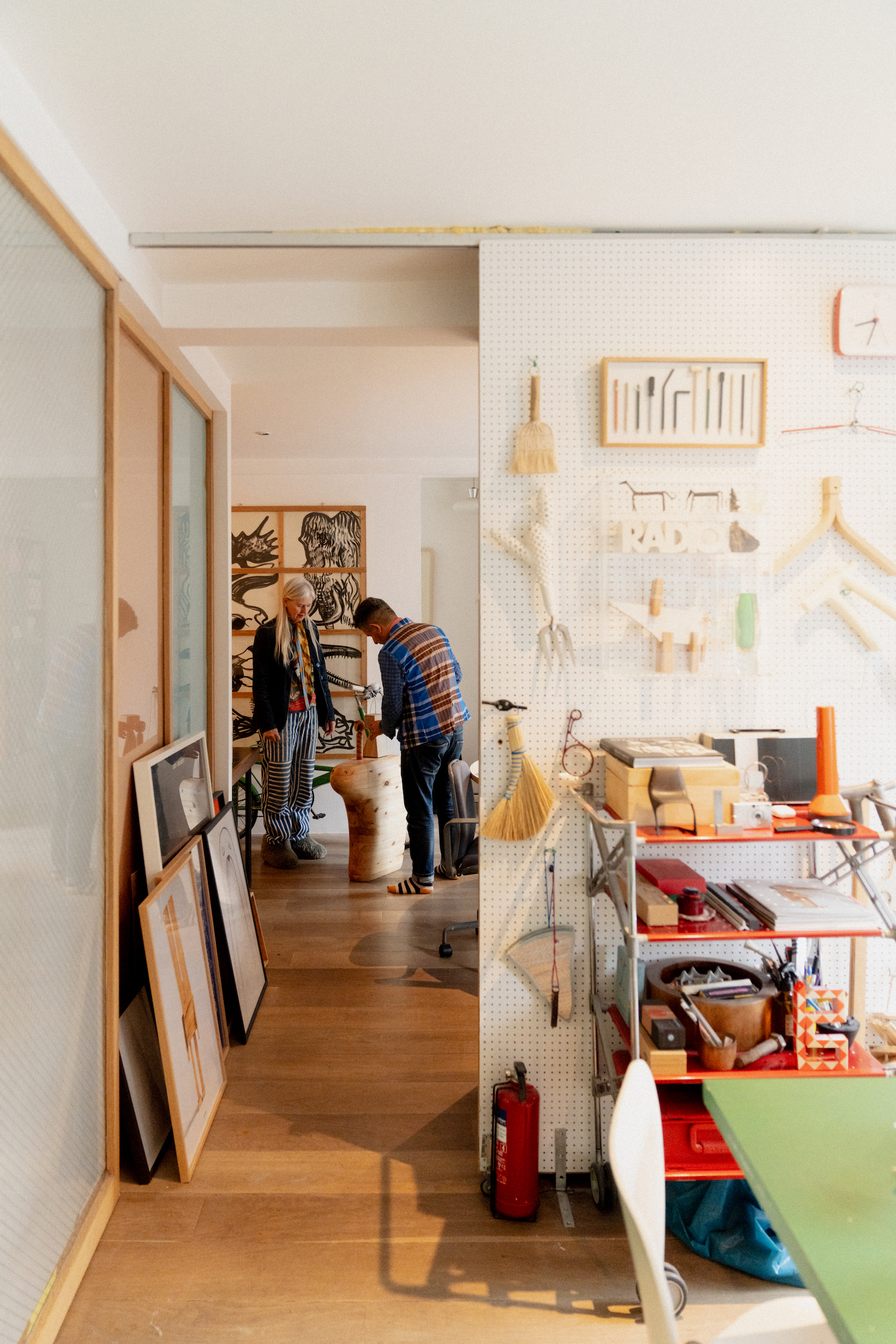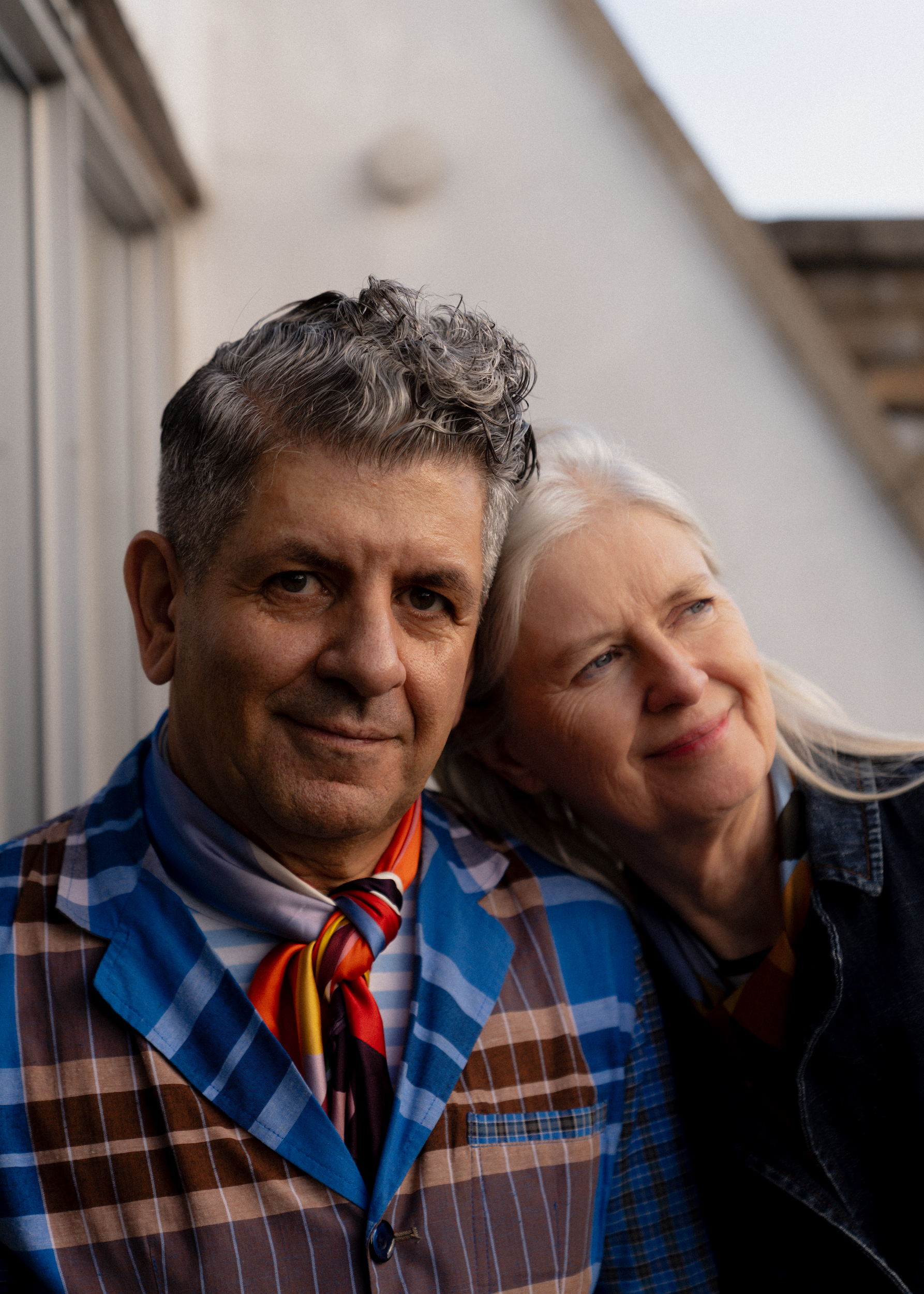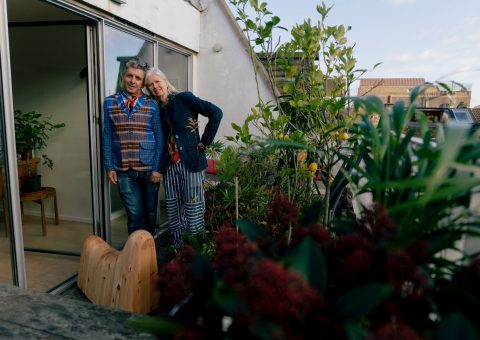Rosa Bertoli: Let’s talk about animals. When did you start working with these shapes and forms?
Jack Mama: It started by accident really. We had a lot of bits and pieces that were left over from a project and so one day we just began playing around with them and the animals started to appear in this kind of serendipitous way.
Nina Tolstrup: Years ago, we would take our kids to the workshop and just emptied the bin of all the offcuts and started playing.
Jack: Not really thinking about what you’re doing, having no goal in mind, that was really nice. We’ve found it quite therapeutic, to be thinking with our hands like that. You start to see things in the grain of the wood, and then we would just take off from there. People seemed to really like them, so we just made more and more.
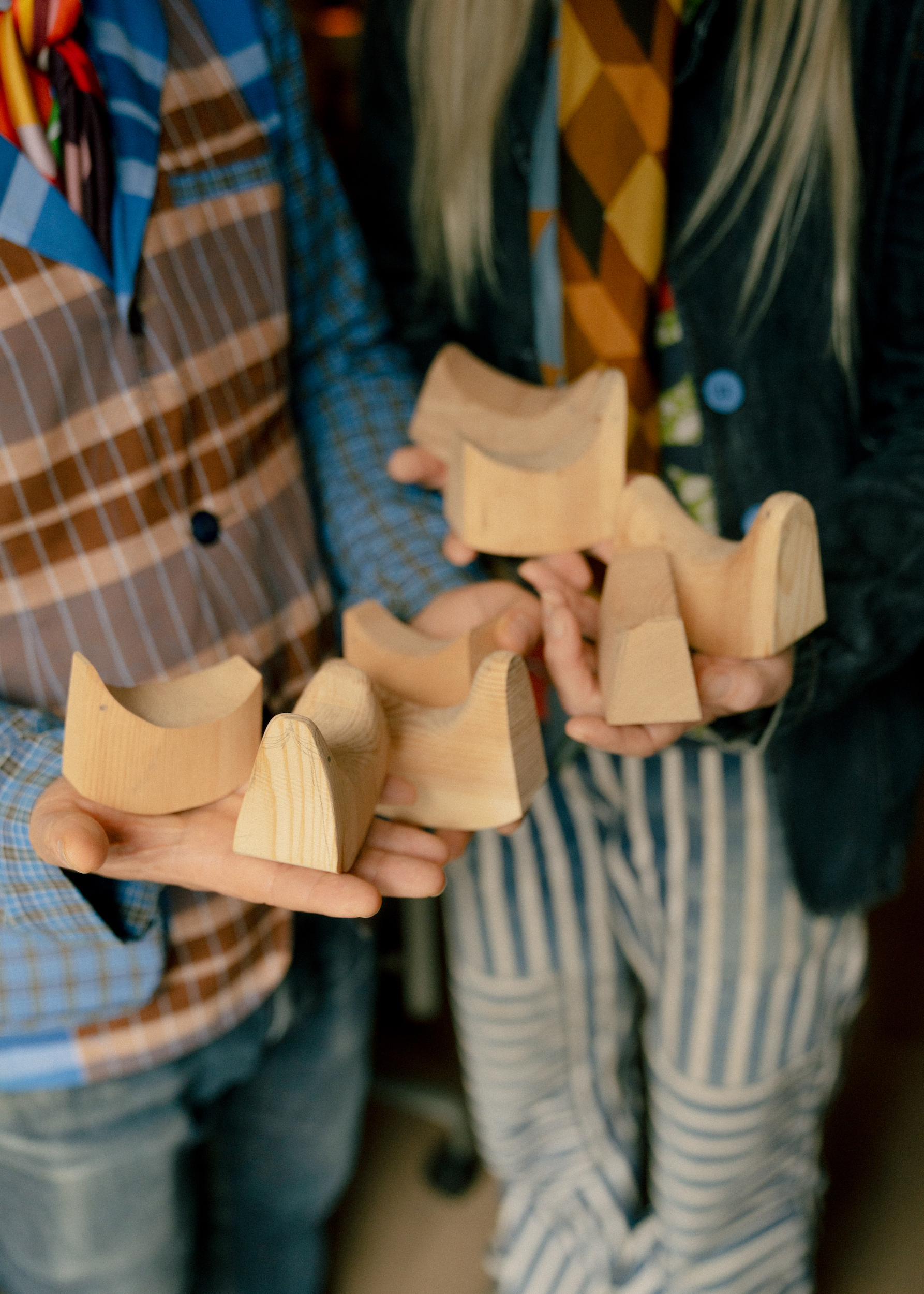

I love the description ‘thinking with your hands’. It is a beautiful way to talk about the design process. Is this spontaneous approach something that you have been able to carry into your design work?
Nina: When we follow a brief, it is a much more driven process. But we do try. I think it actually taught us a lot; we try to bring that playfulness and joy into our work and go to the workshop without an agenda.
Jack: We call it downtime, but it’s not really downtime. It’s more like playtime. There are other projects that we’ve done that have fed into that kind of thinking, like the Face stools for Benchmark which were also made from offcuts.
Are you able to self–initiate projects and work independently on the things that you like and that inspire you?
Nina: Quite often we make something for a wedding or a friend’s birthday, where we think we need to do something special, that often sparks us. And afterwards, sometimes, we end up going back and modifying those objects into a more commercial project.
Jack: Or sometimes we make things because we are frustrated by the fact that we can’t find something that we like. Nina was like that with the shoehorns [for Japanese brand E&Y], she originally made them in the workshop because she couldn’t find one.
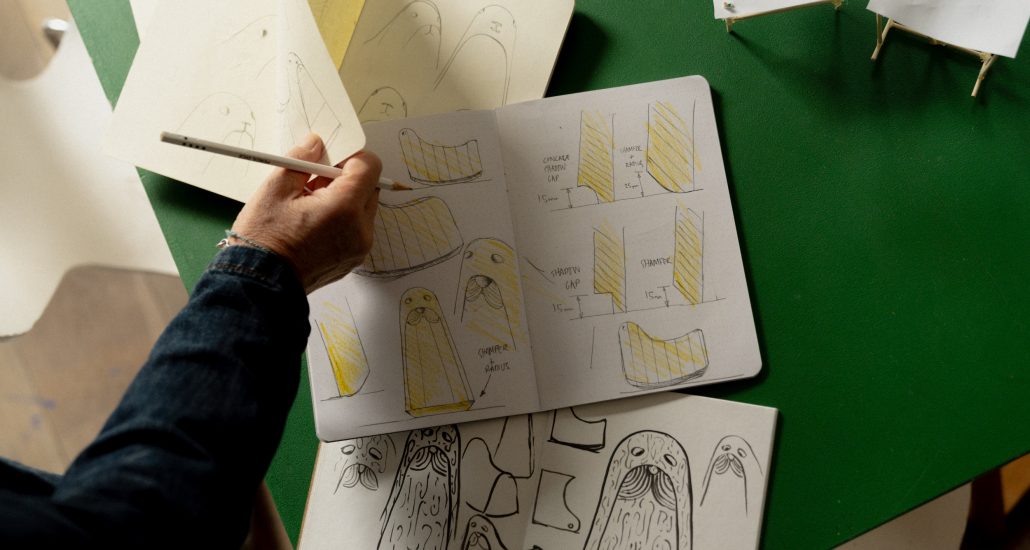
Do you think you have a style or a motif that is recurring in your work?
Nina: Playfulness is something that defines our work, we like things to be a bit off keel… to have a slight oddness to them. But also, because of my Scandinavian roots, things always have a modesty to them, and functionality.
Jack: But definitely playfulness. When we are developing something, we know it’s right when it’s got that ingredient.
You have created the Norppa Seal for Vaarnii, which is the first purposely designed animal object you have made. Can you tell me how this project started?
Nina: A while ago, all of a sudden, all these things in Pine started popping up on our Instagram feed, amazing pieces like Max Lamb’s beautiful chair. And for me, it looked very much like my childhood because in Scandinavia in the 1970’s and 1980’s, Pine was all over. And then out of the blue, we got this email from Vaarnii. They asked if we were interested in working on a toy with them, they had a rocking horse in mind. And so we just started doodling ideas.
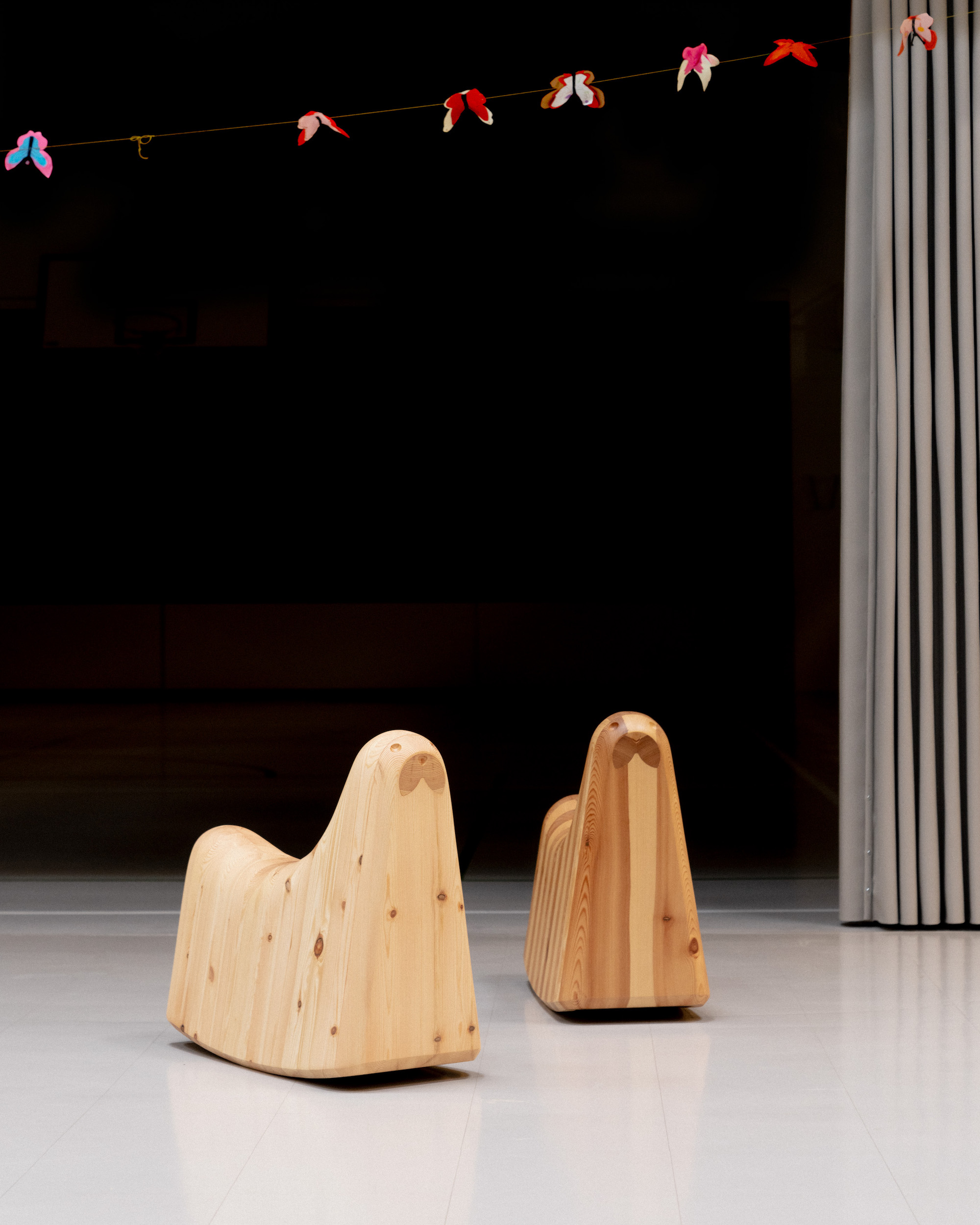
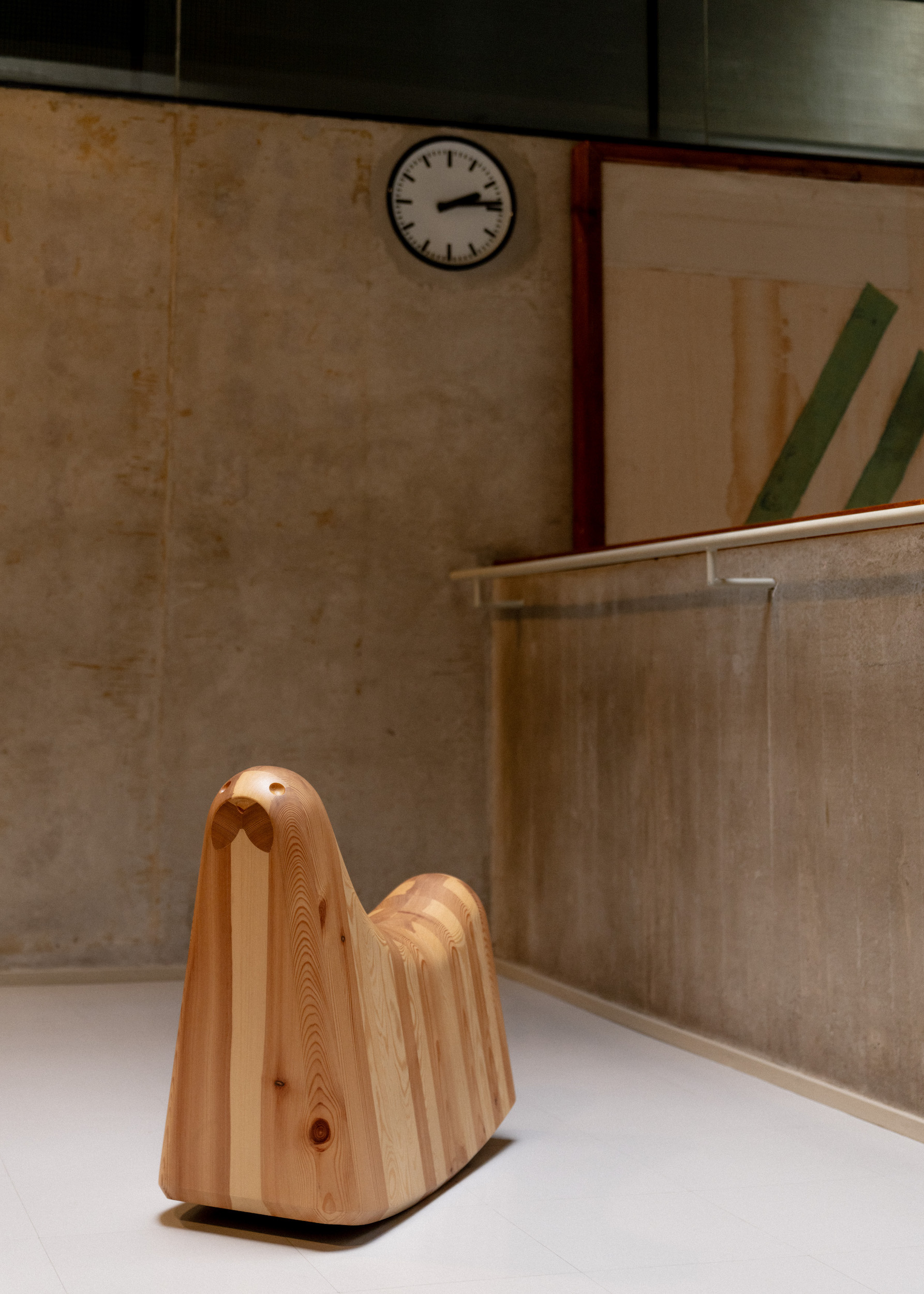
Can you tell me more about choosing a seal for your rocking toy?
Jack: We went to the workshop and started to make little scale models, and one of them looked very much like a seal. And then the shape got softer and more organic as it went along.
Nina: Growing up in Scandinavia, I have always been very familiar with seals. The knots in the Pine reminded us of the patterns on the seal’s skin, so that connection made us think of the animal. When we looked into it we discovered the Norppa seal, which is a Finnish endangered species.
How did you develop the design?
Jack: We started our own little exploration into seals and discovered they do actually rock when they are on the beach. Just like with the abstract Offcut animals, it is interesting when a shape gives you a cue about what it could be, but is still very open. This was very much in our mind when we were designing the seal, we didn’t want to make it too literal.
Nina: We explored the idea that it could have a sculptural value. Having had rocking horses and all kinds of toys, we know they have quite a short lifespan in a kid’s life. So, we wanted to make an heirloom, we wanted the object to be able to function outside of being a toy: So Norppa is sculptural, it can be a stool, or a table.

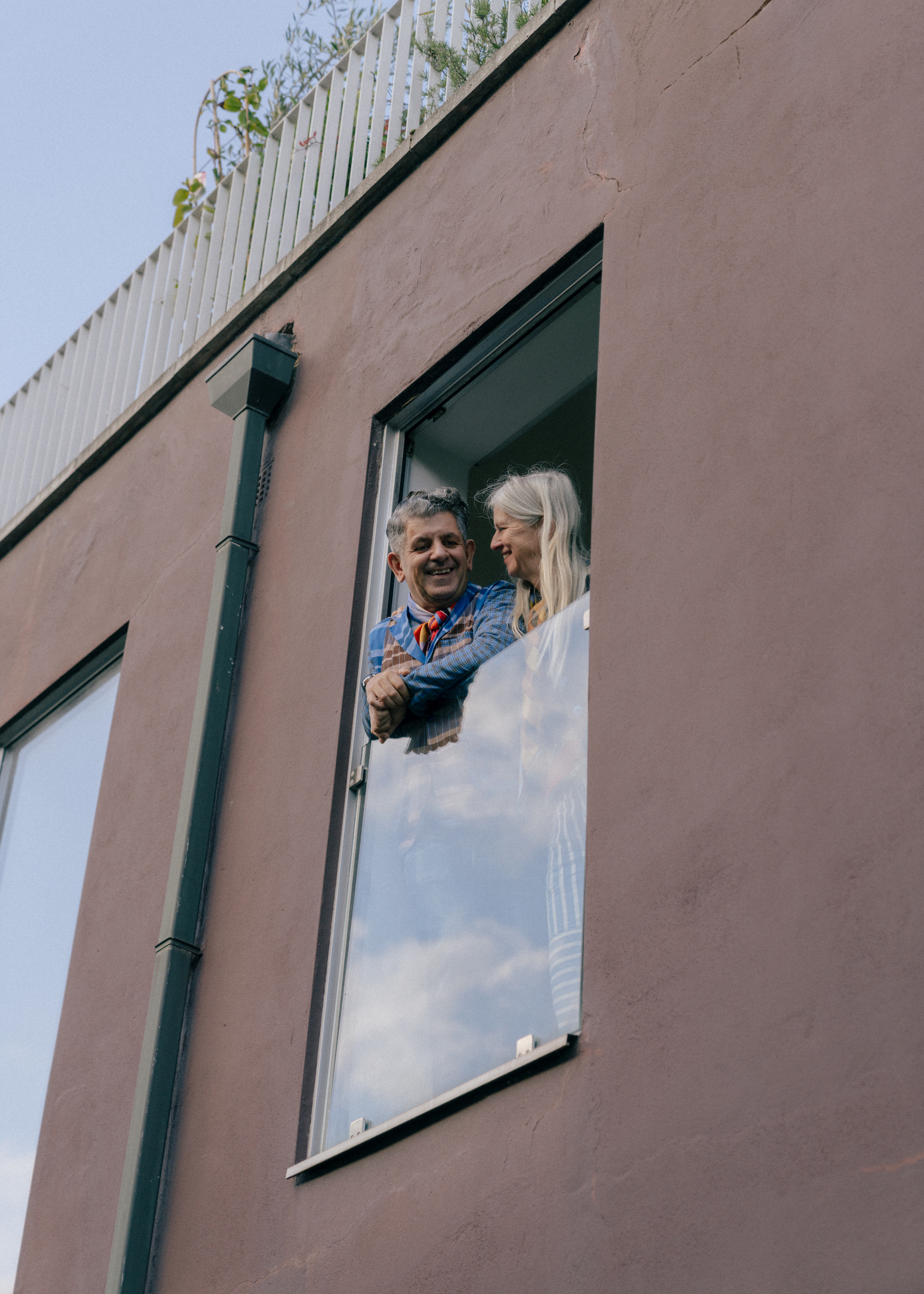
The Norppa Seal is very minimalist and has a sinuous form. How do you think it fits into Vaarnii’s collection or quite brutal forms?
Nina: We didn’t limit ourselves in the language. For us, it was very much about exploring the material. Vaarnii’s specialist milling machines made it possible to produce an organic form.
Jack: The makers figured out the wood to use to achieve the seal’s eyes and face. These nuances were coming out as we began working more closely with Vaarnii on the production, which was fascinating for us.
And have you had an opportunity to see kids play and interact with Norppa?
Nina: Jack has a big Greek family, so we have nephews and nieces of all ages. We have used that resource from the first model that was just two boards; they were part of the development.
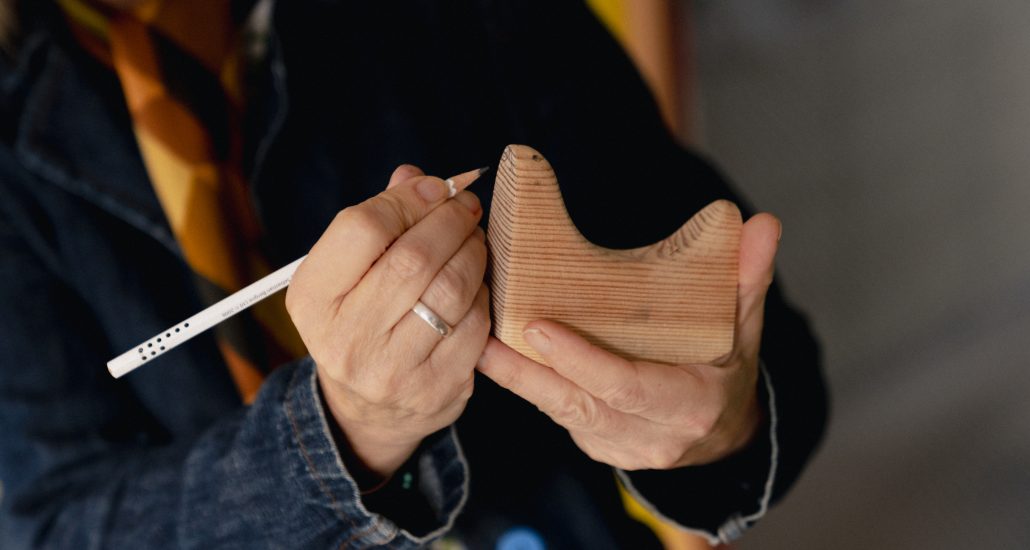
Did something surprise you about this collaboration with Vaarnii?
Nina: It’s been very interesting working with the Vaarnii team because they are all designers, and this has made the collaboration very rich and interesting. The project has been driven by all of us contributing towards the best design solution.
What affinities did you find between your studio and Vaarnii?
Nina: We admire the fact that they have chosen to be in Helsinki, going back to their roots, close to the forest. As designers, in our everyday life we are desperately trying to do what we love but do it in a carbon neutral or hopefully, even, carbon negative way. Sustainability has always been on the agenda for Studiomama, even from when we began in 2000 and it wasn’t a much-discussed topic. That has changed a lot across the industry, but I think Vaarnii in particular have such a clear vision about what they are doing, working with local wood and sustainable practices, and as a designer it’s great to be part of that ride.
